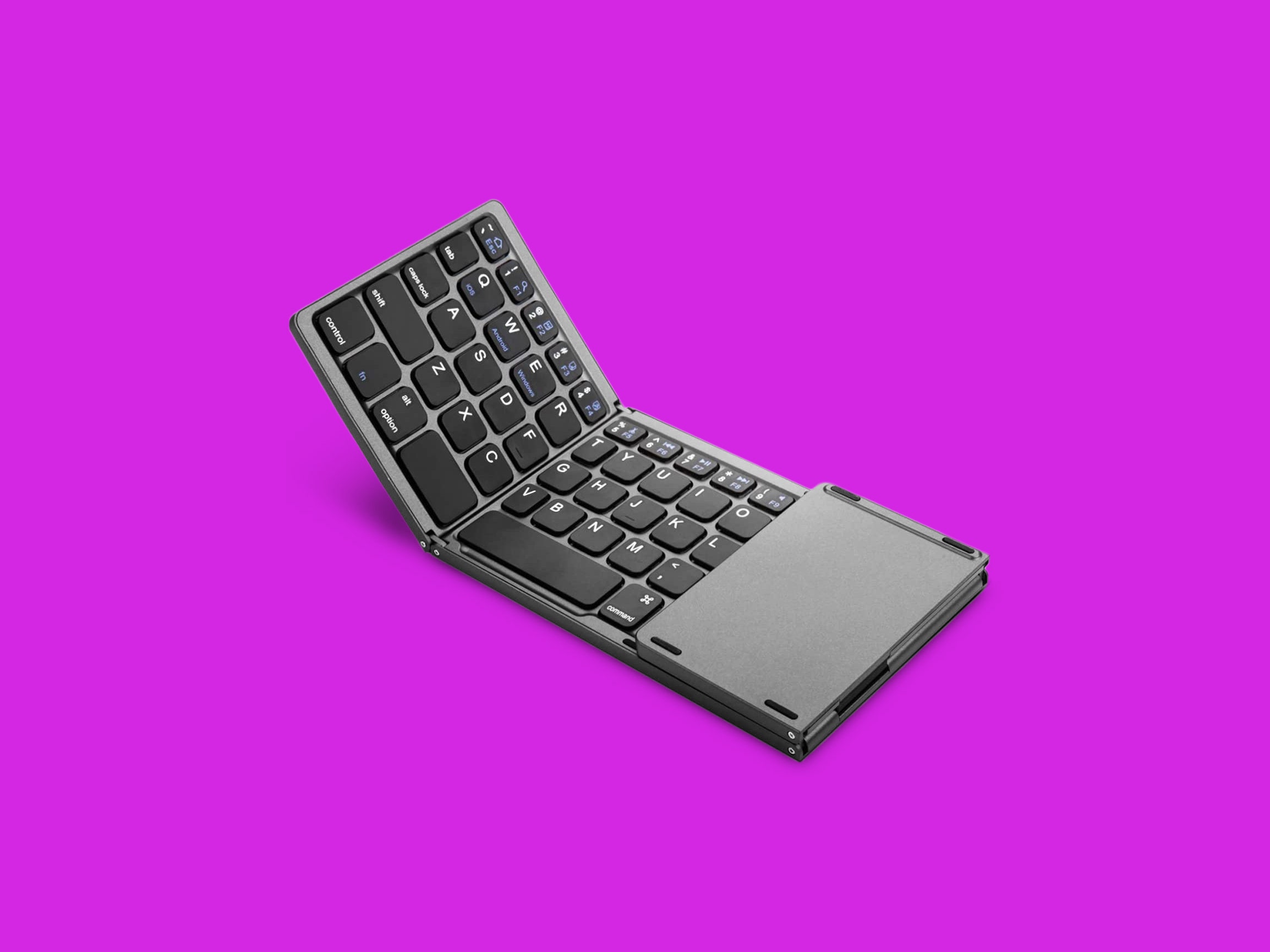
Understanding the Needs of Android Users
Before exploring the best wireless keyboards, understanding what Android users require from their input devices is crucial. Here are some key considerations:
- Connectivity: Seamless Bluetooth connectivity is vital. Android devices often have robust Bluetooth capabilities, making it easy to pair keyboards without cables.
- Ergonomics: A comfortable typing experience is essential. Keyboards with ergonomic designs and low-profile keys can significantly reduce strain on hands and wrists.
- Portability: Given the mobile nature of Android devices, portability is a significant factor. Compact and lightweight keyboards are ideal for on-the-go use.
- Battery Life: Wireless keyboards often rely on batteries, so long battery life is essential to avoid frequent recharging.
- Compatibility: The keyboard should be compatible with various devices, including Android phones, tablets, and even laptops.
- Additional Features: Some users might prefer keyboards with additional features like number pads, media controls, or customizable backlighting.
Top Recommendations
Logitech Pebble Keys 2 K380s
The Logitech Pebble Keys 2 K380s stands out for its versatility and affordability. This compact keyboard is designed for portability and comfort. It can pair with up to three devices simultaneously via Bluetooth, making it perfect for users who switch between multiple devices frequently.
Pros:
- Comfortable typing experience
- Compact design
- Long battery life
- Affordable price point ($38 from Amazon)
- Available in various colors
Cons:
- Round keys may take some getting used to
- Small arrow keys
- No backlighting
Logitech K585 Slim Multi-Device Wireless Keyboard
The Logitech K585 Slim Multi-Device Wireless Keyboard is another excellent option for Android users. It features a built-in number pad and a stand for your phone or tablet, making it ideal for multitasking. The keyboard is comfortable to type on and offers long battery life, similar to the K380s.
Pros:
- Built-in number pad
- Stand for phone or tablet
- Comfortable typing experience
- Long battery life
- Affordable price point ($50 from Amazon)
Cons:
- Lacks backlighting
- Can only connect to and swap between two devices
Razer Pro Type Ultra
For those looking for a more premium experience, the Razer Pro Type Ultra is an excellent choice. This wireless mechanical keyboard offers impressive ergonomic features with two adjustable typing angles and an included wrist rest. It also comes with a Razer Productivity Dongle that can pair with select Razer mice, and it can connect to up to three devices via Bluetooth.
Pros:
- Extremely comfortable for fast typing
- Bright backlight
- Cushioned wrist rest
- Versatile connectivity options
Cons:
- Expensive ($159.99)
- Windows only, not macOS
Keychron V5 Max
The Keychron V5 Max is another standout option for those who prefer mechanical keyboards. It boasts a gasket mount design that provides a softer, springy-feeling typing experience. It also features high-quality PBT keycaps and multiple layers of acoustic materials to dampen sound. The keyboard is hot-swappable, allowing users to easily replace switches, and it includes a toolkit for further customization.
Pros:
- High-quality PBT keycaps
- Multiple layers of acoustic materials
- Hot-swappable switches
- Compatible with VIA customization software
Cons:
- No wrist rest
- No shine-through keycap legends
Additional Considerations
Bluetooth Connectivity
Bluetooth connectivity is a must-have for any wireless keyboard intended for Android use. Ensure that the keyboard you choose supports Bluetooth 5.0 or later for stable and reliable connections.
Ergonomic Design
An ergonomic design can significantly enhance your typing experience. Look for keyboards with contoured shapes and low-profile keys to reduce strain on your hands and wrists.
Battery Life
Battery life is crucial for wireless keyboards. Opt for keyboards with rechargeable batteries that offer long-lasting performance. Some keyboards may also come with disposable batteries, which can be more convenient but less environmentally friendly.
Additional Features
While not essential, additional features like number pads, media controls, and customizable backlighting can enhance your overall experience. Consider what features are most important to you and choose a keyboard that meets those needs.
Final Thoughts
Choosing the best wireless keyboard for your Android phone involves considering several factors, including connectivity, ergonomics, portability, battery life, and additional features. The Logitech Pebble Keys 2 K380s and Logitech K585 Slim Multi-Device Wireless Keyboard are excellent choices for their versatility and affordability. For those willing to invest in a premium product, the Razer Pro Type Ultra offers impressive ergonomic features and connectivity options. The Keychron V5 Max is ideal for mechanical keyboard enthusiasts who value customization and high-quality components.
Ultimately, the best wireless keyboard for you will depend on your specific needs and preferences. By understanding what you need from your input device and choosing a keyboard that meets those requirements, you can enjoy a more efficient and comfortable typing experience on your Android phone.
